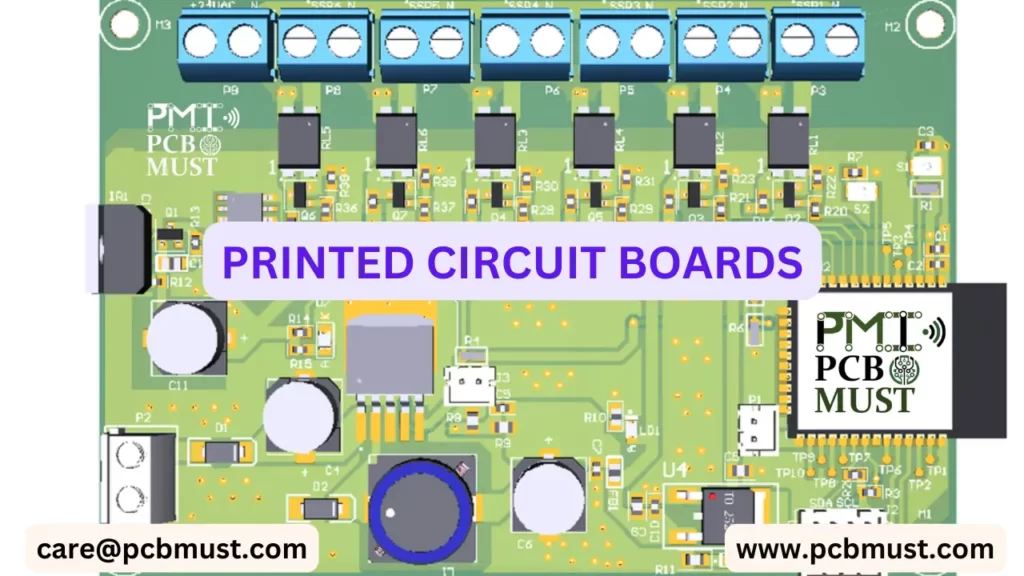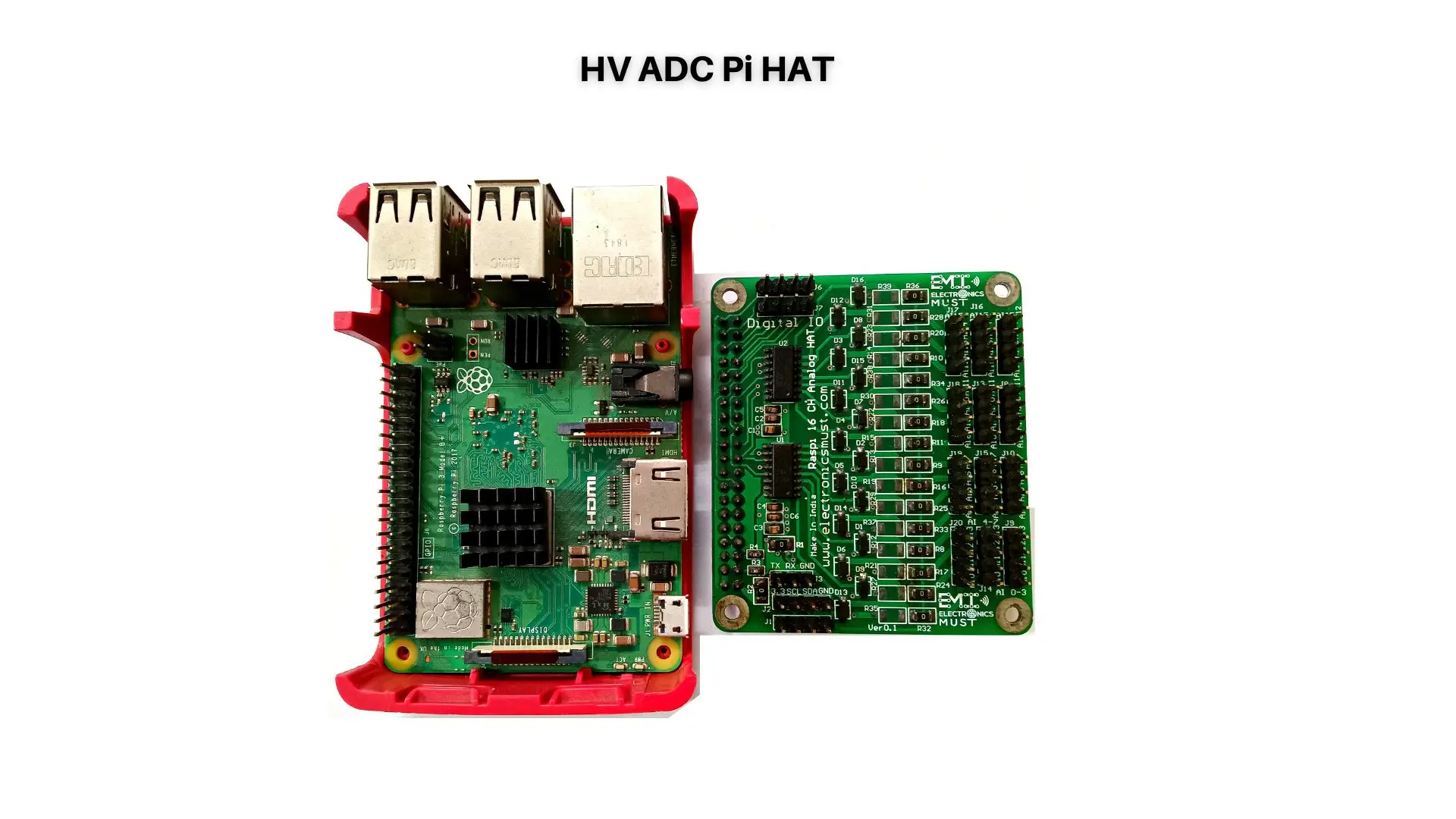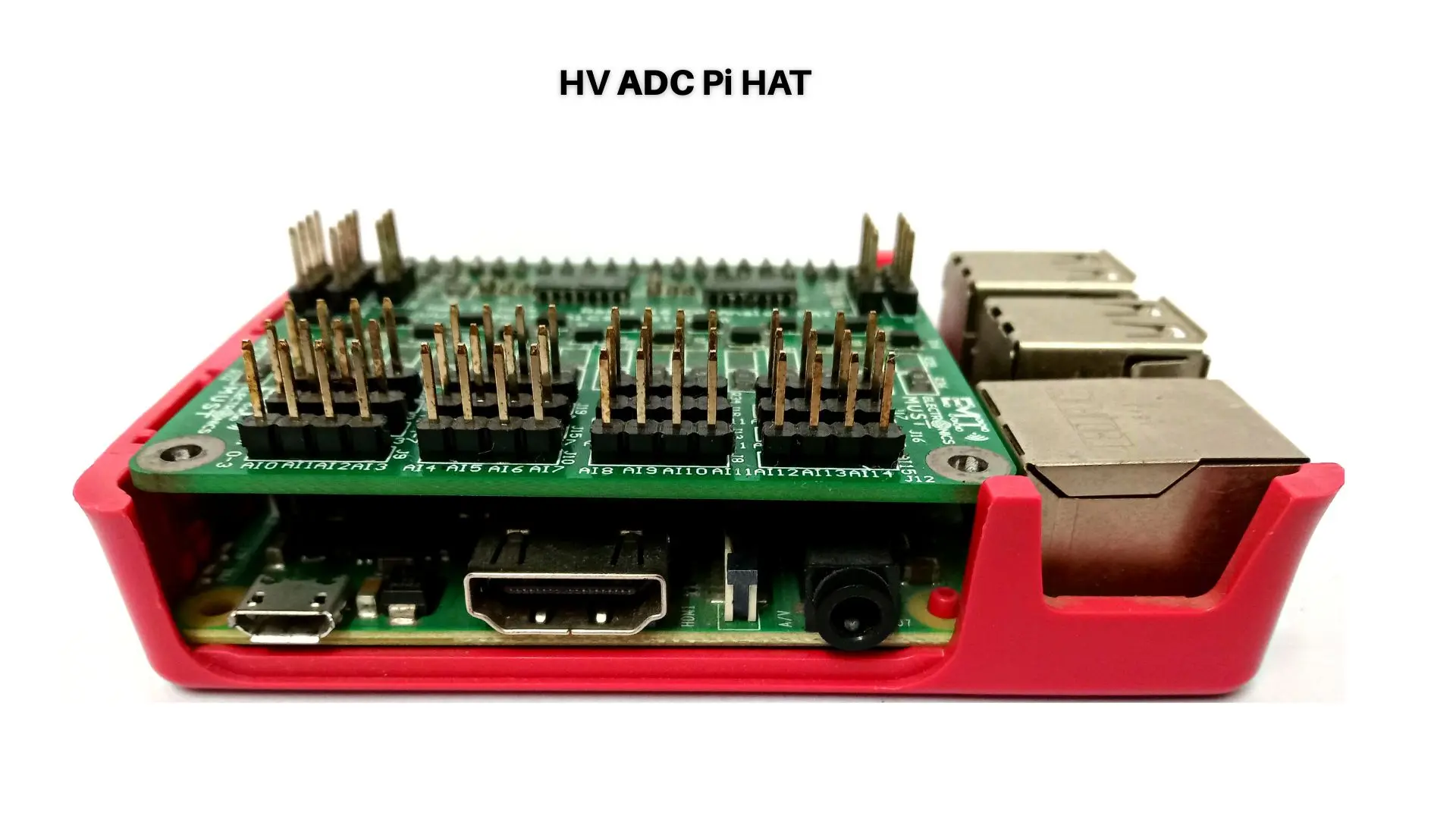As technology continues to grow, electronic devices are becoming increasingly complex. Behind all these devices is a small but powerful component – the printed circuit board. This is the key to making these devices function correctly, and understanding its role in the design and manufacture of electronic devices is essential. In this article, we will discuss the role of the printed circuit board in electronic devices, from its design to its manufacturing process and its benefits.
Introduction to Printed Circuit Boards
A printed circuit board (PCB) is a board made of insulating material, usually fiberglass, on which we place components to form a circuit. It is a key component in all electronic devices, from cell phones and computers to industrial equipment. This connects the components of a device in an orderly fashion, allowing electricity to flow between them. It is also used to protect these components from damage, as well as to reduce the size and weight of the device.
In addition, the circuit board is the foundation of the device. Without it, the device could not function correctly and it would be much more difficult to design and manufacture. It is also a key factor in determining the cost and efficiency of the device.
Printed Circuit Board Design
Designing a Printed Circuit Board is a complex process and involves several steps. First, the designer must decide what components are needed and how they will be connected. This involves selecting the right components for the application and designing the circuit layout. The layout should optimize the size and cost of the board while ensuring the circuit will operate correctly.
Once the layout is complete, the circuit board can be designed. This involves creating a schematic that shows the connections between the components and creating a board layout that will manufacture the board. Someone must design correctly the board layout to ensure the circuit functions correctly.
Printed Circuit Board Manufacturing Process
The manufacturing process for a printed circuit board requires precision and accuracy. The process starts with creating the layers of the board, which involves depositing copper on the board and etching the circuit layout. This is followed by drilling the holes for the components, soldering the components to the board, and testing the board to ensure it works correctly.
Poor manufacturing processes can lead to problems with the board, such as electrical shorts, incorrect component placement, or poor solder joints.
Testing and Troubleshooting Circuit Boards
Once the board has been manufactured, we must test it to ensure it works correctly. This involves running tests to ensure the board is operating properly and checking the board for any errors or defects. This is an important step in the manufacturing process as it can help identify any problems before we ship the board to the customer.
If we identified any problems, someone must troubleshoot the board to identify the cause. This can involve examining the board for any physical defects or running tests to identify any electrical problems. Troubleshooting can be a time-consuming process, but it is essential to ensure the board works correctly.
Printed Circuit Board Assembly
Once the board has been manufactured and tested, we must assemble it into a device. We know this as printed circuit board assembly (PCBA). This involves connecting the board to other components of the device, such as a display or battery, and mounting it in the device. The assembly process is critical to ensure the device works correctly, and the board is properly connected.
In addition, it is important that we do correctly the process to ensure the board works correctly, and the device is functioning properly.
Benefits of Using Printed Circuit Boards
Using circuit boards has several benefits.
First, they can help reduce the size and weight of a device, making it more portable and easier to use.
Second, they can reduce the cost of a device by making it easier to design and manufacture.
Third, they can help improve the reliability of a device by providing a secure connection between the components.
Finally, they can help protect the components from damage by providing a sturdy and durable base.
Conclusion
In conclusion, the printed circuit board is a key component in all electronic devices, from cell phones and computers to industrial equipment. It is the foundation of the device and is essential for making the device work correctly. Understanding its role in the design and manufacture of electronic devices is essential to ensure the device works correctly and efficiently. From its design and component selection to its manufacturing and assembly. The printed circuit board plays an important role in making electronic devices possible.
At PCB Must Innovation Pvt. Ltd., we provide Electronics Design and PCB Design Services. For a Free Consultant Visit: https://pcbmust.com/request-quote/
As a result, you can understand the key role of Printed Circuit Boards in Electronics Devices.






